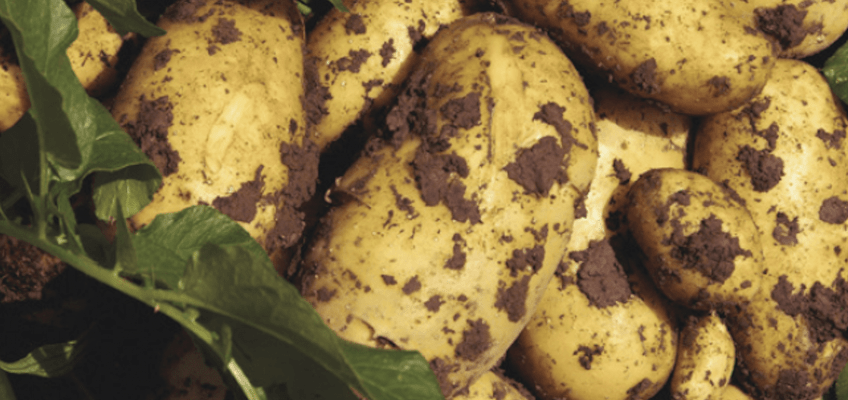One of the most important factors when dealing with an unwanted pest incursion is the ability to quickly identify locations where that pest may be present. Not knowing physical locations or being able to quickly identify locations where the pest may be, can cause significant delays in identifying the scale of the problem, preventing further spread and determining the best course of control.
The ability to track product both forwards and backwards is often referred to as traceability – this means having the ability to trace a consignment or affected product both forwards and backwards i.e. where it may have come from and been sent to. It also means, being able to identify where an unwanted pest may have spread to either naturally or mechanically via people, vehicles or equipment.
Knowing where potential host crops are enables surveys to be set up and carried out to identify not only where an unwanted pest is, but just as importantly where is it isn’t. During the last fruit-fly incursion in 2015, MPI, using various trapping and survey techniques, was able to confirm areas where fruit-fly was not present. As a result of this, horticultural produce was still able to be exported to most countries.
Some of the overseas markets asked for comparatively minor additional assurances but still accepted New Zealand fresh produce because we were able to identify where fruit-fly was present and also where it wasn’t. Had New Zealand authorities not been able to confirm the absence of fruit fly in these locations, exports to many countries may have ceased completely.
MPI Approved Organisations (MAO’s) are organisations that are approved by MPI to undertake phytosanitary activities leading to export certification. MAO’s are often packhouses but can also be growers, exporters and freight forwarders.
One of the requirements of an MAO is to “manage product identification and traceability (i.e. inventory records) from the place of production to the point of export”. Often this is managed via growers who supply product providing details such as GPS (global positioning system) property location, property size, crops grown etc. when registering with a packhouse. Generally, based on the registration form a property identification code or codes in the case of multiple production sites will be provided to the grower by the packhouse. From there product traceability is managed using the identification codes on the crate or bin-cards or some other form of labelling on the product. As a rule, product traceability is implemented well in New Zealand and in situations where one or two products need to be traced to a production site this can be done relatively quickly.
However, it may be time to consider how easy it would be to identify the physical location of ALL production sites quickly if you were asked to provide where a host crop is being grown in the event of a biosecurity incursion? Would the information detailed on the grower registration form be specific enough to pinpoint a property if you were unfamiliar with the area.
A location description of “next to the big Macrocarpa after the Smiths property on Stock Road” might be very clear to you but won’t mean much to someone sitting behind a computer in Auckland.
GPS co-ordinates are a universal location identifier that leaves nothing to interpretation. GPS co-ordinates are easily obtained via mobile apps or websites that can be accessed using your computers. Collecting GPS co-ordinates at the same time as other information from supplying growers will enable MAO’s to quickly and easily provide specific details of property locations.
In turn, this information could then be very quickly mapped and used for planning surveys and crop inspections. In the event of a biosecurity incursion, MAO’s would not be the only organisations asked to provide physical locations or properties of potential host crops. Therefore, it would be beneficial for other organisations that pack or source product from multiple locations to also have on hand access to GPS co-ordinates of properties product has been sourced from.
MAO’s are required to provide the GPS location of the MAO facility. In the case of being an MAO packhouse this does not include supplying growers’ production sites. So, although not a requirement under any rules or regulations, being prepared and maintaining records of GPS co-ordinates for all properties you are producing on or sourcing produce from may save valuable time in a biosecurity situation when time may be a critical factor.



